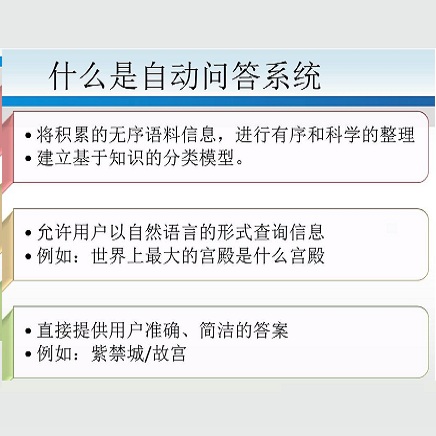This paper forges a strong connection between two seemingly unrelated forecasting problems: incentive-compatible forecast elicitation and forecast aggregation. Proper scoring rules are the well-known solution to the former problem. To each such rule s we associate a corresponding method of aggregation, mapping expert forecasts and expert weights to a "consensus forecast," which we call *quasi-arithmetic (QA) pooling* with respect to s. We justify this correspondence in several ways: - QA pooling with respect to the two most well-studied scoring rules (quadratic and logarithmic) corresponds to the two most well-studied forecast aggregation methods (linear and logarithmic). - Given a scoring rule s used for payment, a forecaster agent who sub-contracts several experts, paying them in proportion to their weights, is best off aggregating the experts' reports using QA pooling with respect to s, meaning this strategy maximizes its worst-case profit (over the possible outcomes). - The score of an aggregator who uses QA pooling is concave in the experts' weights. As a consequence, online gradient descent can be used to learn appropriate expert weights from repeated experiments with low regret. - The class of all QA pooling methods is characterized by a natural set of axioms (generalizing classical work by Kolmogorov on quasi-arithmetic means).
翻译:本文在两个似乎无关紧要的预测问题之间建立了紧密的联系: 奖励- 可比预测引出和预测汇总。 适当的评分规则是众所周知的解决前一个问题的办法。 对于其中的每一项规则,我们把相应的汇总方法、 绘制专家预测和专家权重与“ 协商一致预测”联系起来, 我们称之为“ qusi-arithmatic (QA) 集合 ” 。 我们以几种方式证明这一对应: - QA 集合, 与两个最受研究最深的评分规则( 赤道和对数法) 相对应。 正确的评分规则是两种最受研究最深的预测汇总方法( 线性和对数法 ) 。 对于每一项规则,我们使用评分规则来付款, 将相应的汇总、 绘制专家预测的预测方法与“ 协商一致” 相挂钩。 我们以几种方式证明, QA 集合, 意味着这一战略最大限度地增加其最坏的利润( 相对于可能的结果 ) 。 使用 QA 集合 的评分, 是在专家的相对级加权 的评分中 。 。, 以 惯性 的 的 惯性 的 的 方法 以 排序 的 的 的 。


